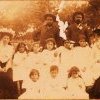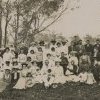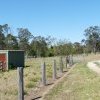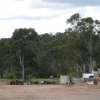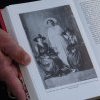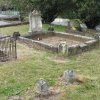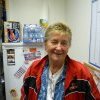1900s
1900
1901
The ethnographer Bennett records a sentence in Gandangara meaning ‘I’m going to get off’. The sentence has many associations for Gandangara people. The historian Jim Smith writes, [of the word Katoomba] ‘It would have evoked the memory of groups of women digging up fern roots, washing them in the Cox River, and beating the roots with their special “Katoom” stones, all of this activity taking place under the brooding eyes of one of the monoliths overlooking the fern fields. Katoom fern harvesting would have been time to exploit the maximum starch levels in the roots, probably in summer. The sound of Katoomba was the beat of “Katoom” stones on wooden boards. Katoomba was located at the junction of many pathways from all directions, including those connecting the fern fields to King’s Tableland, the Upper Kedumba Valley, Kia Range, Kiaramba Range by the Policeman Ridge, and the Lower and Middle Cox River areas via the Riverside pathways. Katoomba lies on the Dreaming pathways of Gurangatch and Mirragan and was the site of one of the ancestor Gurangatch’s excursions to Reedy Creek. It was the location of one of the deep pools where Gurangatch rested. Katoomba would have also been located, in Gandangara minds, within the area of many salt springs, near a small cave of medicinal water. It was close to the pathway through the clearings, maintained by burning to attract macropods, and a few hours walk away from the Cedar Creek Art cave. All of the associations would have been brought up by the word Katoomba. All of the associations would have brought the word Katoomba alive for Gandangara people and precisely located it in their mental landscape. Smith, p. 631.
Katherine Anne Reynolds (Mrs Thomas Fiaschi), an ex nun, teaches music to the Darug families living at Sackville Reach . They learn violin and piano and singing. An Aboriginal performing group plays gum leaf and guitar at community gatherings around Windsor. The Barber and Everingham families are involved. Chrissy and Milly Barber daughters of John Luke Barber from Sackville become fine musicians.
1902
1903
1904
The ethnographer Matthews describes Gu-ru-gnaty living in a lagoon near Sackville ‘Gu-ru-gnaty is the name of an aquatic monster. He resides in deep waterholes, and would drown and eat strange blacks, but would not harm his own people. He usually climbed a tree near the water, from which he kept a look out. If he saw a stranger approaching, he slid down and dived into the water, without making a splash, or leaving any ripple on the surface. As soon as the individual began to drink, he was caught by Gurrugnaty.
1905
26 Kooris are listed as living at Katoomba, 93 at Sackville Reach, 2 at Parramatta, 26 at Blacktown Road. Aboriginal Protection Board Report, 1906, p.10). A number of children are removed by the Aborigines Protection Board from the Gully at Katoomba. Some are transferred to Bakersville Home and some to Bomaderry UAM Home.
1906
1908
Sackville Reach and Blacktown Rd, listed together, hold 93 Koori people, Katoomba: 26, Penrith: 1; Ryde (probably Marsfield): 1 (Aboriginal Protection Board Report, 1909, pp. 16-17) It is not clear whether ‘Blacktown Road’ refers to the settlement at Freeman’s Reach, or the Locke family estate at Blacktown itself.
1909
The Aborigines Protection Act, 1909 (NSW) grants the Aborigines Protection Board full control and custody of Indigenous children including the power to apprentice Indigenous children aged between 14 and 18 years. [The first 'Aborigines Protective' legislation was in Victoria in 1869, Aborigines Protection Acts (Vic.) (1869, 1886), which became a model for others].











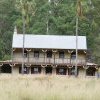

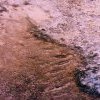

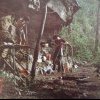
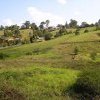
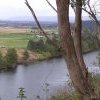
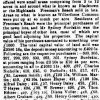
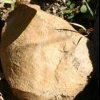
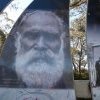
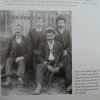
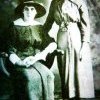
. Epraim Everingham and his wife Martha (Madha).thumbnail.JPG)


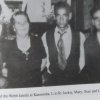
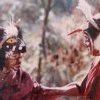
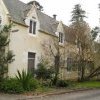
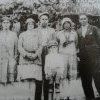
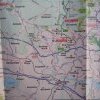

.thumbnail.JPG)
